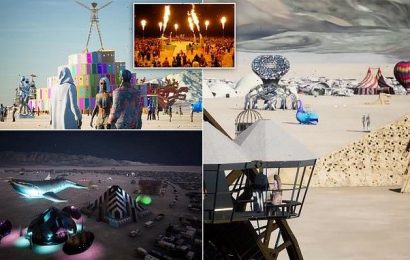New technology brings photos of US fallen soldiers to life
Genealogy website MyHeritage uses its photo tool Deep Nostalgia to animate photos of fallen soldiers for their families
Genealogy website MyHeritage is providing families a unique way to observe Memorial Day – by reconnecting them with departed loved ones.
MyHeritage united with NGO “Stories of Sacrifice” – a podcast dedicated to interviewing families of Prisoners of War or soldiers Missing in Action (MIA) – to make the project a reality: By using MyHeritage’s Deep Nostalgia tool, individuals can see photos animated and colorized.
The Deep Nostalgia technology works on photos in both color and black and white, and takes 10 to 20 seconds to animate, according to the MyHeritage website.
“Deep Nostalgia can very accurately apply the drivers to a face in your still photo, creating a short video that you can share with your friends and family,” MyHeritage explains. “The driver guides the movements in the animation so you can see your ancestors smile, blink, and turn their heads.”
The ability to revive loved ones – or even to bring to life a recent ancestor – gives the families of veterans a chance to reconnect with their fallen loved ones.
MyHeritage shared the technology with a few families of soldiers who died in World War II, and they were “extremely excited” as some were able to see grandparents they never knew smiling and moving – a little glimpse at the person they never got the chance to meet.
More promising is the ability for MyHeritage to tell the stories of soldiers buried as Unknown in National Cemeteries or who are still listed as MIA.
MyHeritage acknowledges that the feature does create an “uncanny” effect for some people, but it also claims that some people love it.
“The results can be controversial and it’s hard to stay indifferent to this technology,” MyHeritage explains. “This feature is intended for nostalgic use, that is, to bring beloved ancestors back to life.”
The technology does not include speech in order to prevent abuse to replicate images of living people.
Source: Read Full Article








